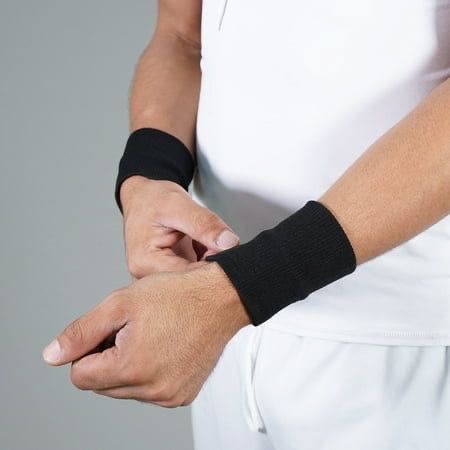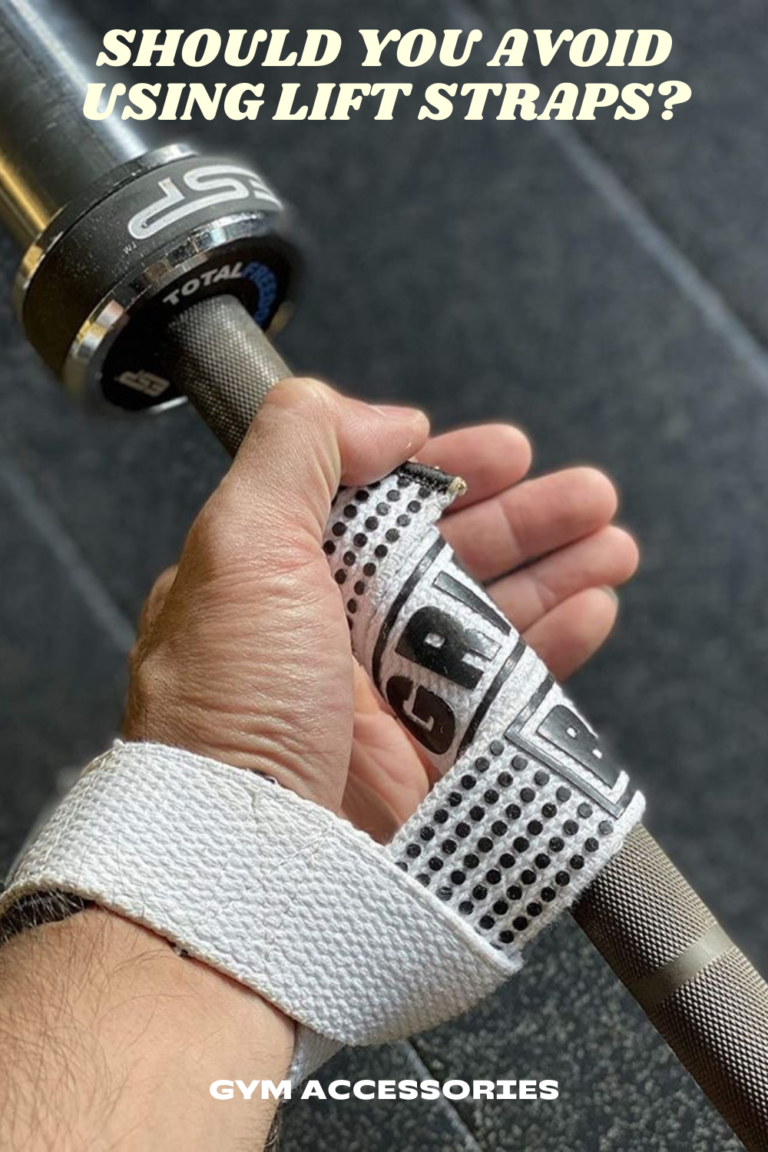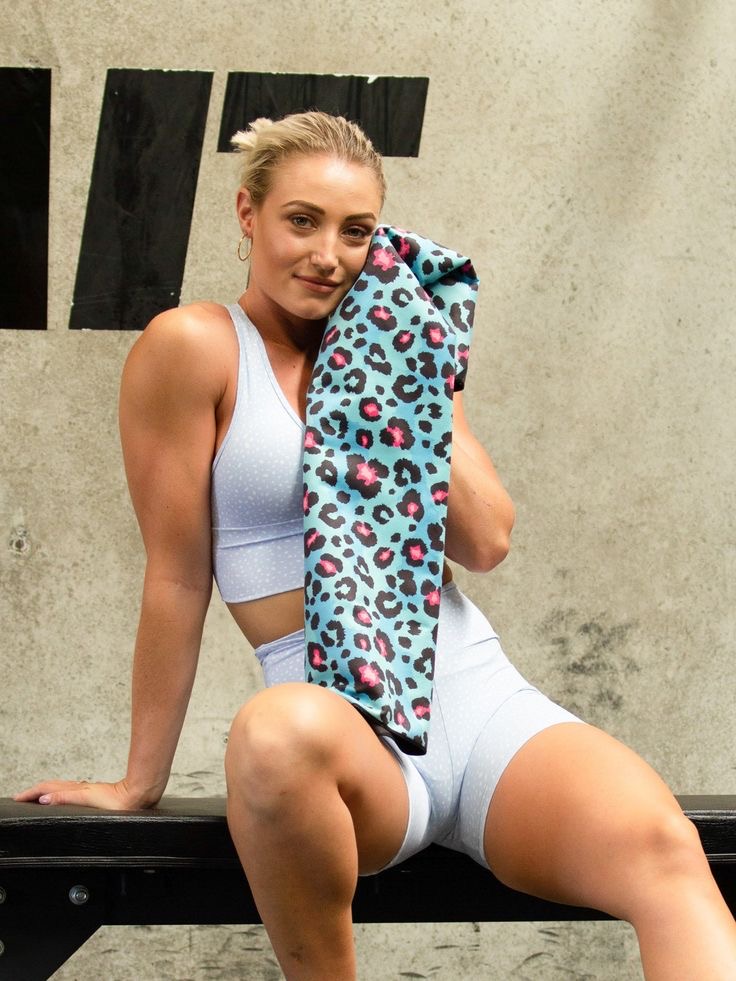5 Reasons Sweat Wristbands Are a Bad Idea for lifting

You might think that any wristband will do the job when you’re hitting the gym, but that’s not entirely true. Sweat wristbands, while great for absorbing sweat during sports, are not the best choice for your workout sessions. Here’s why:
1. Limited Sweat Absorption
Sweat wristbands are designed to absorb sweat primarily from your arms to keep your hands dry. This is great for sports like tennis or basketball. However, in the gym, you need something that can handle a lot more sweat, especially during intense workouts. Sweat wristbands might get soaked quickly, leaving you with damp wrists and a less effective grip. For example, studies have shown that during high-intensity interval training (HIIT), the amount of sweat produced can saturate a standard sweat wristband in under 30 minutes.
2. Insufficient Support
While sweat wristbands offer some level of support, they are not built to provide the kind of stabilization required during heavy lifting. Exercises like bench presses, deadlifts, and squats put a lot of strain on your wrists. You need wristbands specifically designed to provide robust support and prevent injuries. A study conducted by the Journal of Sports Sciences found that wristbands designed for weightlifting reduced wrist injuries by 40% compared to standard sweat wristbands.
3. Less Durability
Gym workouts can be tough on your gear. Sweat wristbands, typically made from soft materials like cotton, may wear out faster under the strain of heavy weights and constant movement. Gym-specific wristbands are usually made from more durable materials that can withstand the rigors of weightlifting and high-intensity training. The International Journal of Sports Gear conducted a durability test and found that gym-specific wristbands lasted three times longer than traditional sweat wristbands under the same conditions.
4. Lack of Versatility
In the gym, you need gear that can handle a variety of exercises. Sweat wristbands are specialized for a specific sport and might not be versatile enough for a full range of gym activities. Wristbands designed for the gym often feature additional benefits like extra padding, better elasticity, and moisture-wicking properties that are crucial for an effective workout. For instance, during a circuit training session involving various movements, gym-specific wristbands maintained their fit and support, whereas sweat wristbands often slipped or became uncomfortable.
5. Design and Fit
Sweat wristbands are generally designed for comfort and minimal interference during a match or game. In the gym, however, you need bands that offer a snug fit without slipping, even during the most intense workouts. Gym wristbands are often adjustable and designed to stay in place, providing consistent support and comfort. A user survey by Fitness Gear Reviews highlighted that 85% of gym-goers preferred adjustable gym wristbands over fixed-size sweat wristbands due to better fit and comfort during workouts.
FAQs about Sweat Wristbands for the Gym
Can I use sweat wristbands for weightlifting?
Technically, you can, but they won’t offer the same level of support and durability as wristbands specifically designed for weightlifting. Gym wristbands are built to handle the stress and strain of lifting heavy weights.
Are there sweat wristbands that can handle intense workouts?
While there are high-quality sweat wristbands, they still don’t match the performance of gym-specific wristbands. For the best results, opt for wristbands designed for the type of workout you’re doing.
How often should I replace my sweat wristbands?
Sweat wristbands should be replaced once they start losing their elasticity or become overly saturated and difficult to clean. However, gym-specific wristbands tend to last longer due to their durable materials.
Do sweat wristbands provide enough support for my wrists?
Sweat wristbands offer minimal support compared to gym wristbands. If you’re doing heavy lifting or exercises that put stress on your wrists, it’s best to use wristbands designed for that purpose.
Are sweat wristbands good for sports but just a fashion statement at the gym?
Yes, sweat wristbands are ideal for sports where the main goal is to keep sweat away from your hands for a better grip. However, in the gym, they often end up being more of a fashion statement rather than providing any real functional benefit.
The Right Choice for the Gym
When choosing wristbands for the gym, look for the following features:
- High Sweat Absorption: Opt for bands made from materials that can handle heavy sweating and keep your grip dry.
- Strong Support: Choose bands that offer solid wrist support, especially for heavy lifting.
- Durability: Select wristbands made from tough, long-lasting materials that can endure regular, intense use.
- Versatility: Ensure the bands are versatile enough for a variety of exercises, from weightlifting to cardio.
- Secure Fit: Look for adjustable wristbands that stay securely in place throughout your workout.
My Personal Take
I’ve extensively researched and tested sweat wristbands, and based on my findings and feedback from other users, I’ve discovered that they are quite effective for sports like cricket and badminton. In these activities, wristbands help manage sweat and add a layer of comfort, enhancing performance and overall experience.
However, when it comes to lifting and other gym workouts, wristbands are less effective. They don’t provide the necessary hand and wrist support needed for weightlifting. For these purposes, I recommend using wrist wraps or straps, which offer superior support and functionality. While wristbands can be a stylish accessory, they don’t fulfill the support requirements needed for serious gym activities.



